Japan History, Samurai History
Anegawa Battle: The Samurai Bloodbath
Anegawa Battle
The Battle of Anegawa is one of the biggest bloodbaths of the Samurai in the history of Japan. It occurred in the year 1570 in the latter part of the Sengoku period.
It consisted of 48,000 troops who fought against one another in the River of Ane.
The battle took place between two powerful Daimyo, Oda Nobunaga and Azai Nagamasa. It became more interesting due to the aid of their equally powerful allies, Tokugawa Ieyasu and Asakura Yoshikage.
It all started from Nobunaga’s threat of gaining control over Odani and Yokoyama castles under Azai and Asakura clans.
The Sengoku Period
This is the counterpart of the Warring States period in China. This was a century-long era of political turmoil and fight for power. It started from the Onin War in the years 1467-77 that broke the Ashikaga Shogunate.
This ended with the peace and order in the year 1598. At the care of the “Three Unifiers”. These are Oda Nobunaga, Toyotomi Hideyoshi, and Tokugawa Ieyasu establishing a new government, Tokugawa Shogunate.
Oda Nobunaga and Tokugawa Ieyasu Alliance
In the year 1560, a Daimyo, Imagawa Yoshimoto decided to make his way to the east of Kyoto to overcome the governing Oda clan there.
Tokugawa Ieyasu (with a former name of Matsudaira Motoyasu until the year 1566) was among the 20,000 to 30,000 troops of Yoshimoto then. While they were resting in one of Oda’s camps, the Okehazama, they had a surprise of their lives.
Oda Nobunaga even with his smaller troops of only 2,600 men, attacked them and one of his Samurai killed Yoshimoto.
Ieyasu was in Marune Castle, a place he has just successfully invaded when the attack happened.
After hearing the news about it, he right away surrendered and pledged loyalty to Oda Nobunaga. But it was a strong alliance for life, when together they were able to save his wife and child who are captives by the Imagawa clan.
Their first battle together was in the year 1568. When Shogun Ashikaga Yoshiaki requested Oda Nobunaga to march to Kyoto and defend his Shogunate. He got Ieyasu as his loyal aid going there.
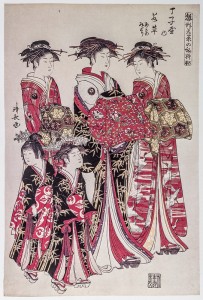
Azai Nagamasa and Asakura Kagetake Alliance
The Azai clan had generations old alliance with the Asakura clan, way back the time of Nagamasa’s grandfather. But Nagamasa in the year 1564, married Oda Nobunaga’s sister Oichi.
This made him stand in a very difficult stance. He tried to stay neutral at all times, but it was obvious onset that he was siding on Nobunaga heavily.
By the year 1570, Nagamasa decided to respect their ties with Asakura and fought for them. This made Nobunaga mad and even persuaded him to return his sister after his betrayal. But Nagamasa didn’t listen to him. This drew Nobunaga to swear to defeat both Asakura an Azai clans.
The Start of the Clan Battles
Nobunaga was marching towards Echizen province, Asakura’s land ready to combat them when he heard the news of Nagamasa’s change of heart. This made him decide on a reroute to the Odani castle and to rather attack the Azai clan.
Oda Nobunaga, together with Tokugawa Ieyasu marched into Northern Omi with an estimated 20,000- 30,000 troops. The Azai outnumbered, called upon for help from their very willing ally, Asakura.
They were able to assemble a big number of troops, about 15,000- 20,000 warriors, but were still outnumbered.
Nobunaga started by placing a defense around Azai’s fort, the Yokoyama. He inched forward to the south, to the place of Anegawa. Nobunaga and Nagamasa fought on the right side while Ieyasu and Kagetake clashed to the left.
The Main Weapons of the Samurai
The Auxiliary Blade of Honor
The God of War and His Nagamaki Elite Guard
When a Multitude of Samurai Involved
A unit of Ieyasu led by Honda Tadakatsu and Sakakibara Yasumasa surrounded the left wing of Kagetake’s troops.
One notable combat during this battle was between Kagetake’s party Makara Jurozaemon, and his son Makara Jurosaburo Naomata. They battled against the bigger Ieyasu’s party of five samurai, Aoki Jozaemon and the other four from Mikawa, namely Yamada Muneroku, Kosaka Shikibu, Kosaka Rokurogoro, and Kosaka Gorojiro. The father and son died when retreating in the northern bank of Kagetake’s stronghold.
Another unforgettable scenario during this battle was when an Endo Kizaemon, an Azai samurai who tried attacking Nobunaga. But Takenaka Kyusaku successfully intercepted.
The part of Nobunaga’s troops was looking bleak against Nagamasa’s troops already. When Ieyasu’s troops fell on them right on time, after finishing off Kagetake troops they came into the rescue.
They hit the right wing of Nagamasa. While the reserve troops led by Inaba Ittetsu came through and hit the Azai left wing.
Defeat came into Azai Nagamasa and Asakura Kagetake’s forces.
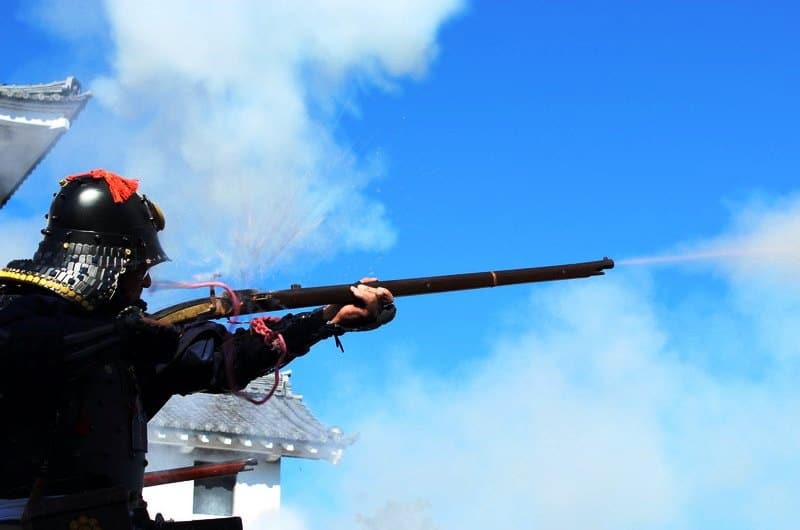
Other Key Things to Note in This Battle
Nobunaga is famous for his good tactical use of firearms. He utilizes a number of arquebusiers in this battle. Arquebusiers are soldiers armed with arquebus (an early type of portable gun).
This was the first lead in an open battle of Toyotomi Hideyoshi, Nobunaga’s loyal Samurai. And the beginning of making his name prominent in Japan’s history.
Odani castle was not officially taken right after this battle. Nobunaga instantly withdrew his restless troops, leaving the Odani castle for that time being. The reason why a few months after it, the Asai and Asakura clans were able to take revenge by defeating Nobunaga’s troops in Otsu. Nobunaga’s youngest brother, Oda Nobuharu alongside Samurai, Mori Yoshinari died in that battle.
This battle having recorded a large number of Samurai casualties such that mentioned in Shinchōkō-ki, where 1,100 Samurai from Asakura clan were killed, was also depicted in Mikawa Fudoki as a gruesome battle, showing decapitation of soldiers amongst a number of armies blinded in a combination of smoke and dust all over.
In Today’s Popular Culture
This battle is featured in almost all Samurai Warriors series games. Such as Samurai Warriors 2, in the revamp Warriors Orochi 3, Total War: Shogun 2, and in the video game Kessen III.
The story of Tokugawa Ieyasu’s winning battle tactics were narrated in “The Three Foot Battle”. It is part of Volume 12 of Dark Horse Comics series called the Path of the Assassin.
This battle is truly one of the most notable in Japan’s history showing many of Samurai’s triumphs, struggles, and deaths. The very reason why it is still seen nowadays, adapted in Japan’s exciting popular culture.

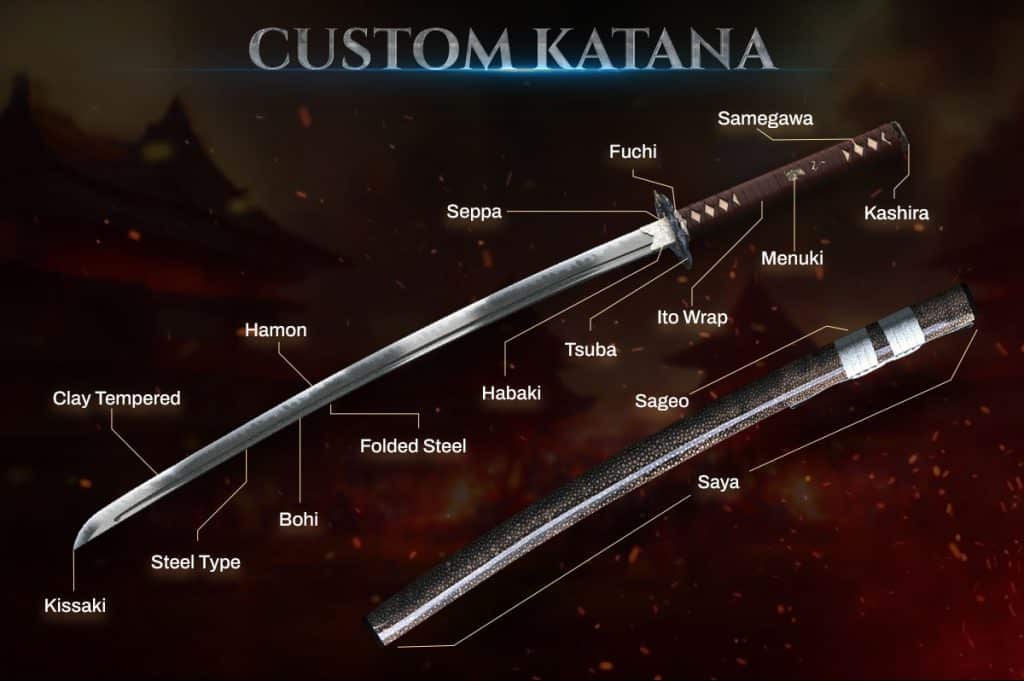
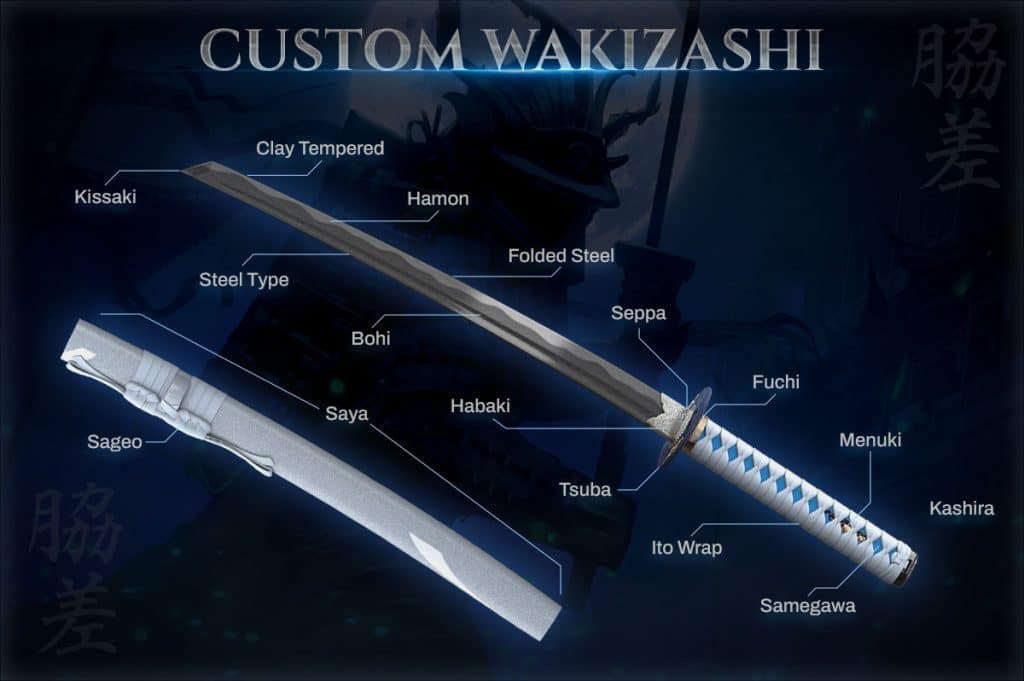
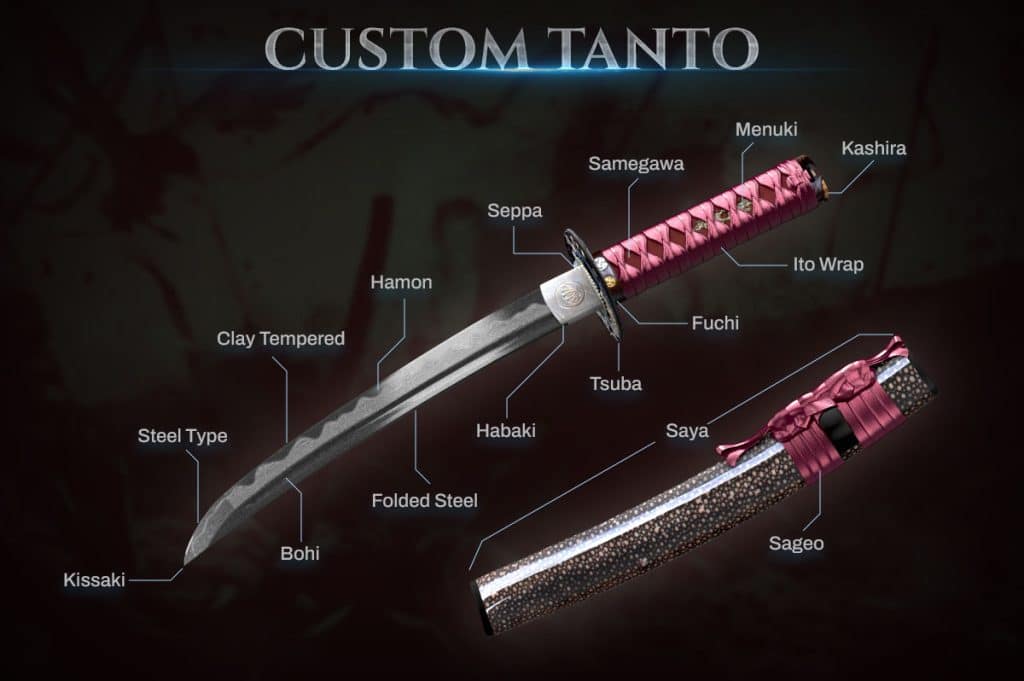
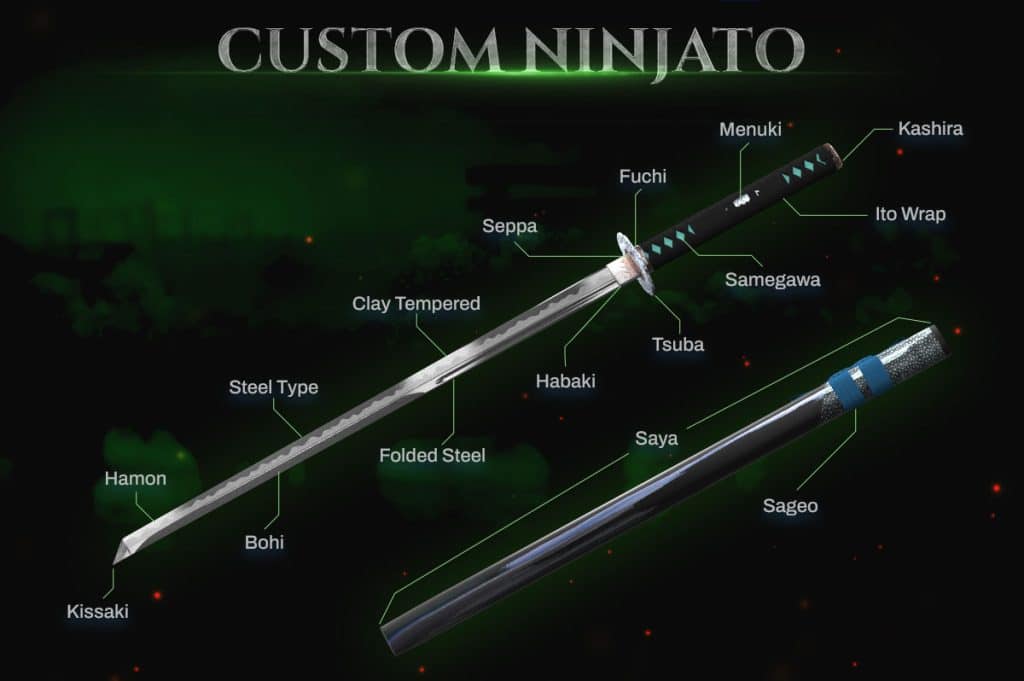
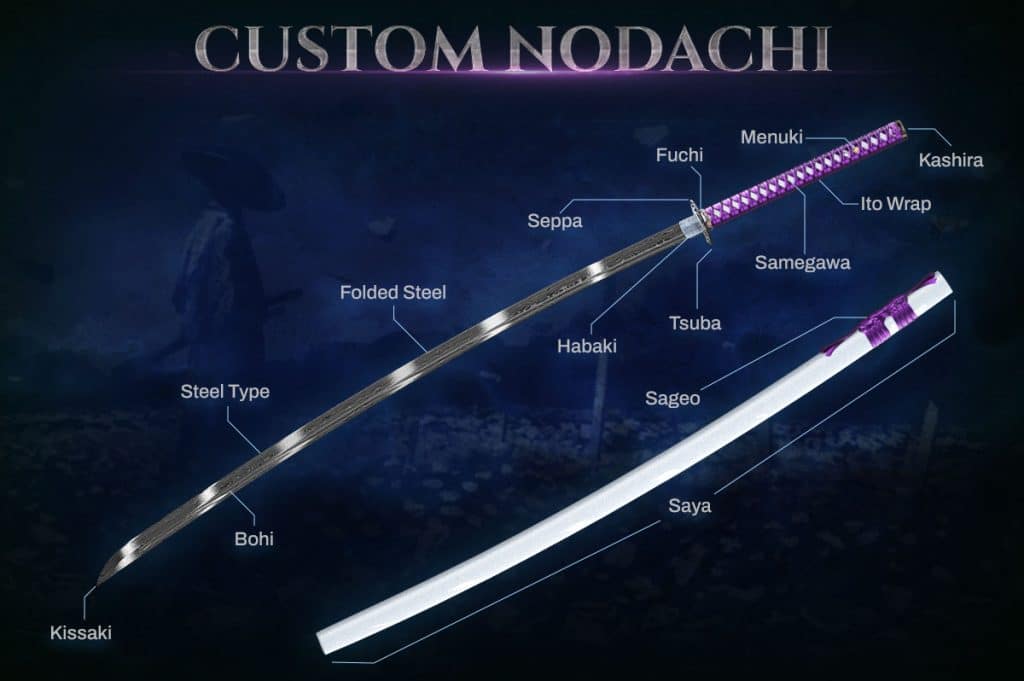
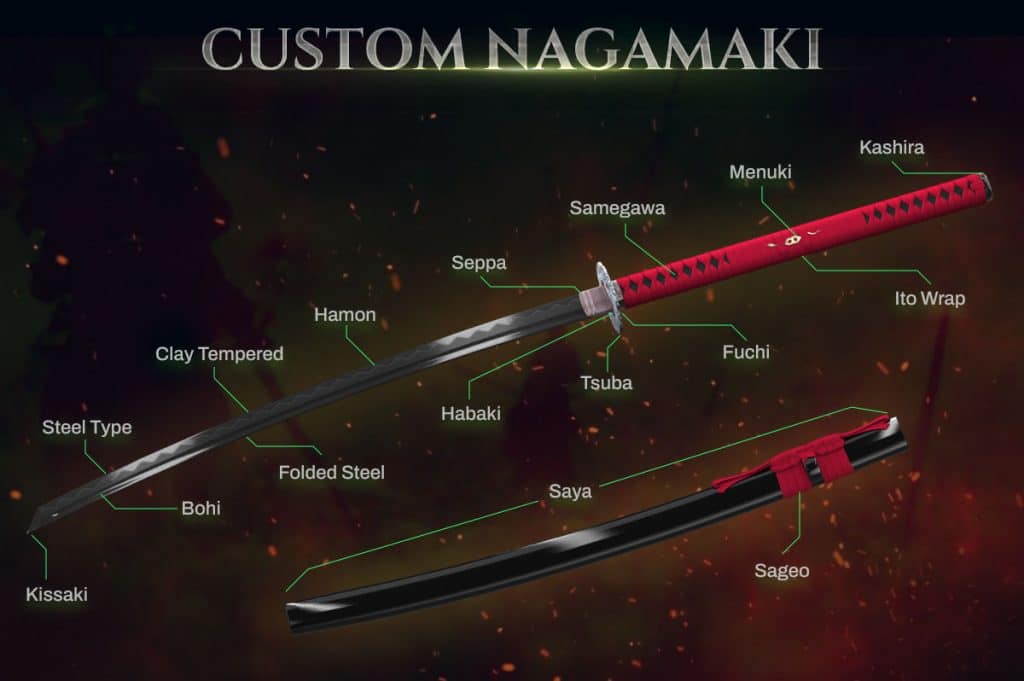
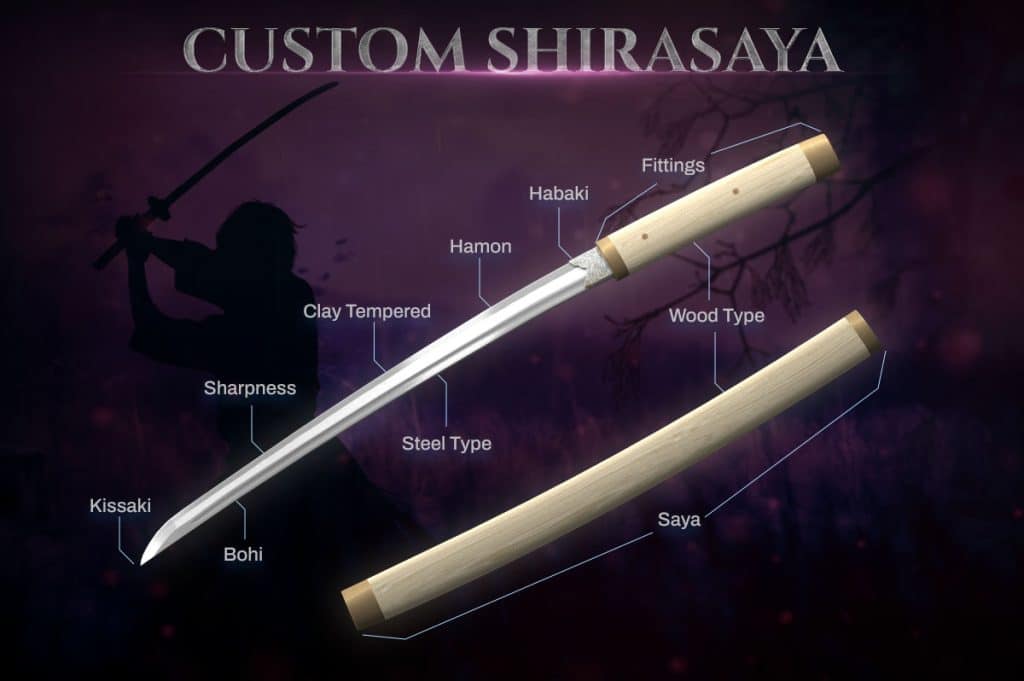
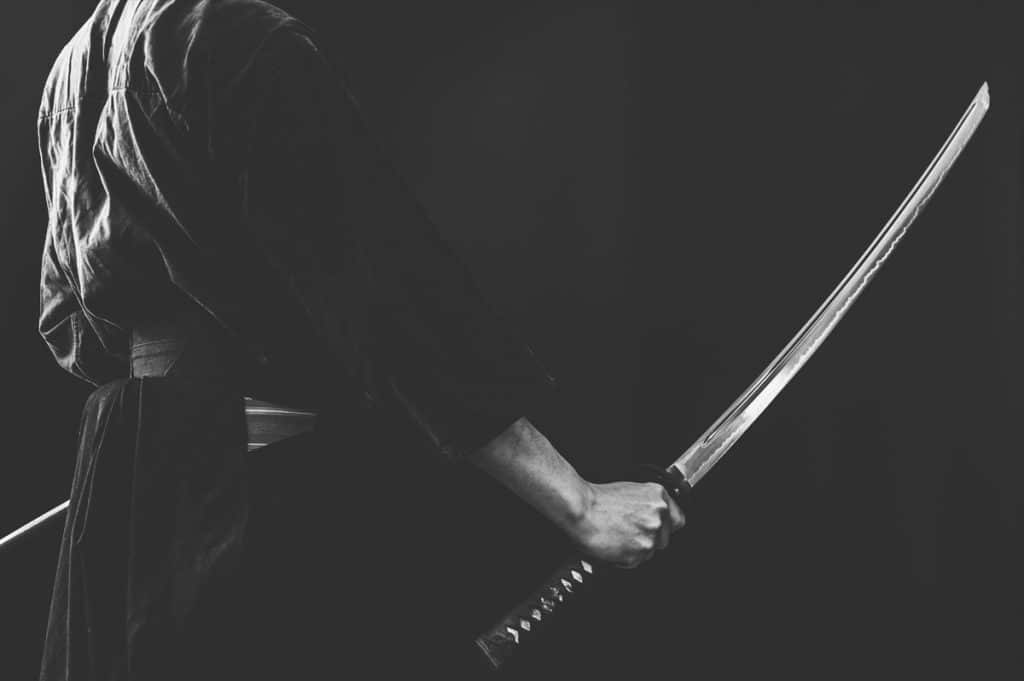
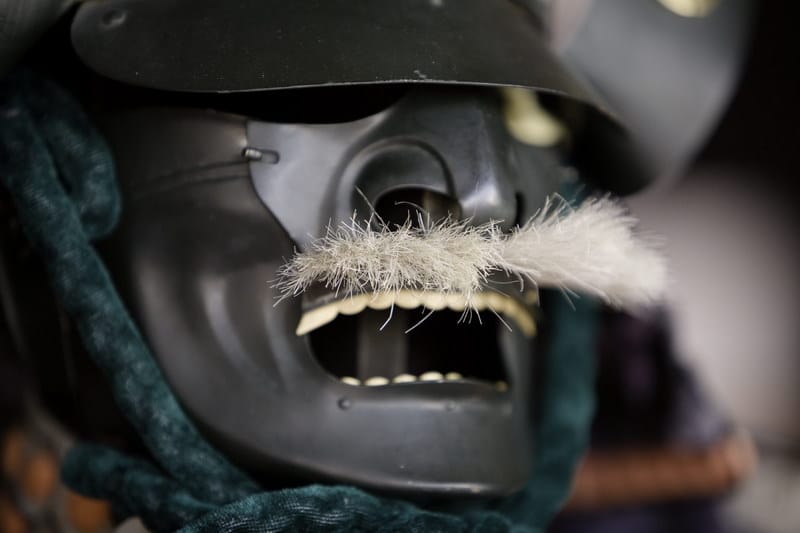
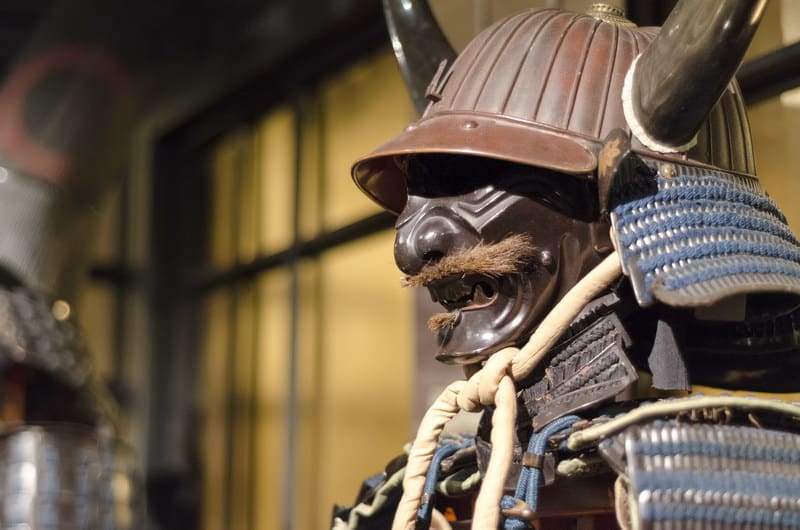
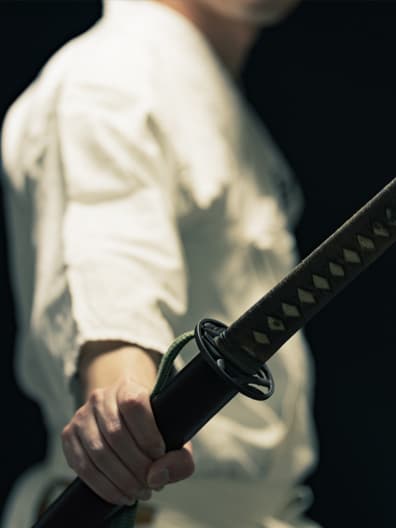
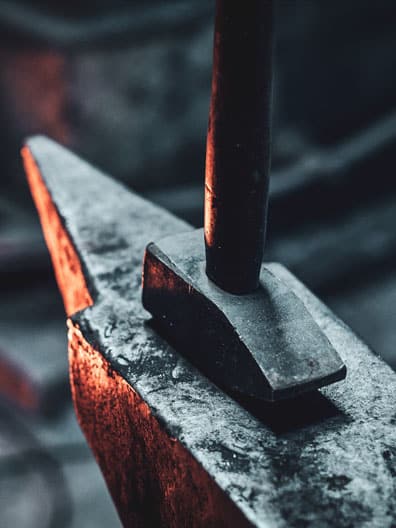
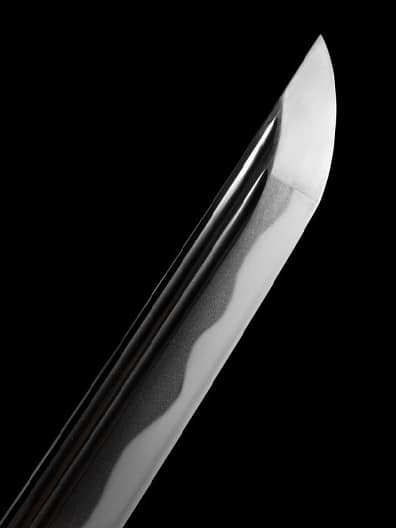
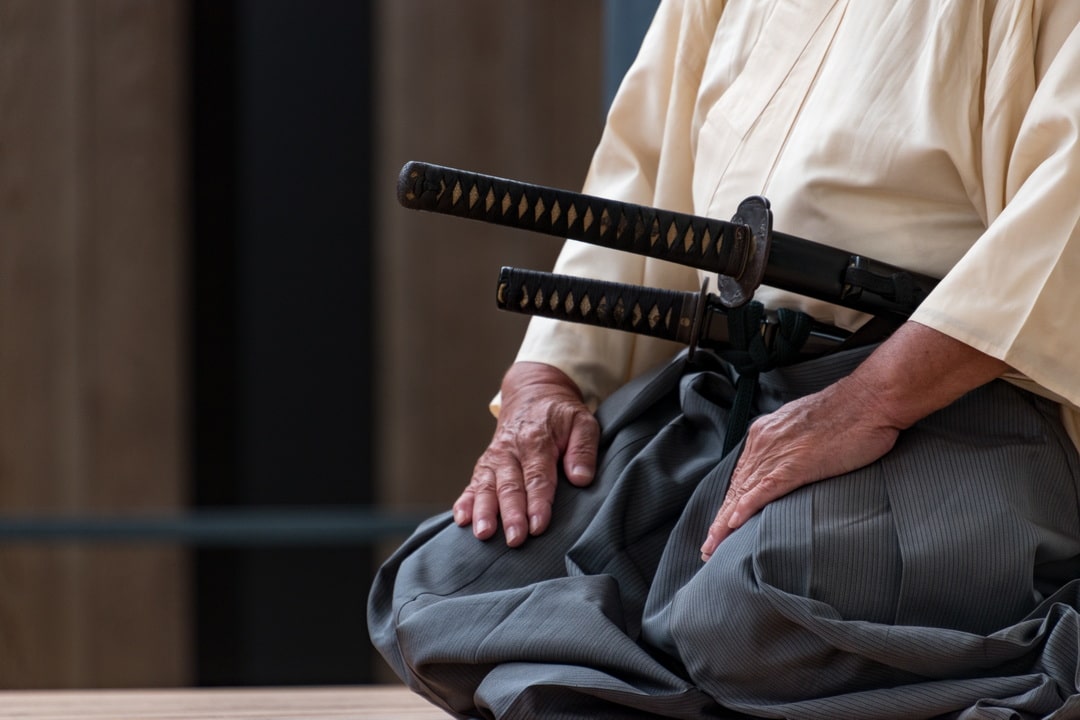
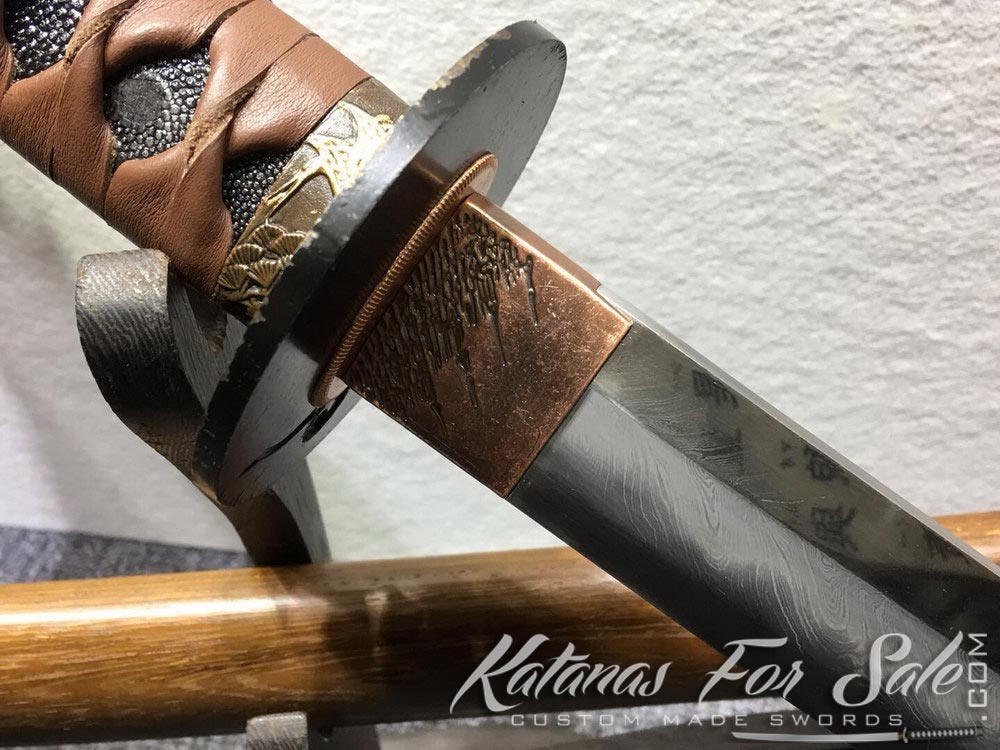
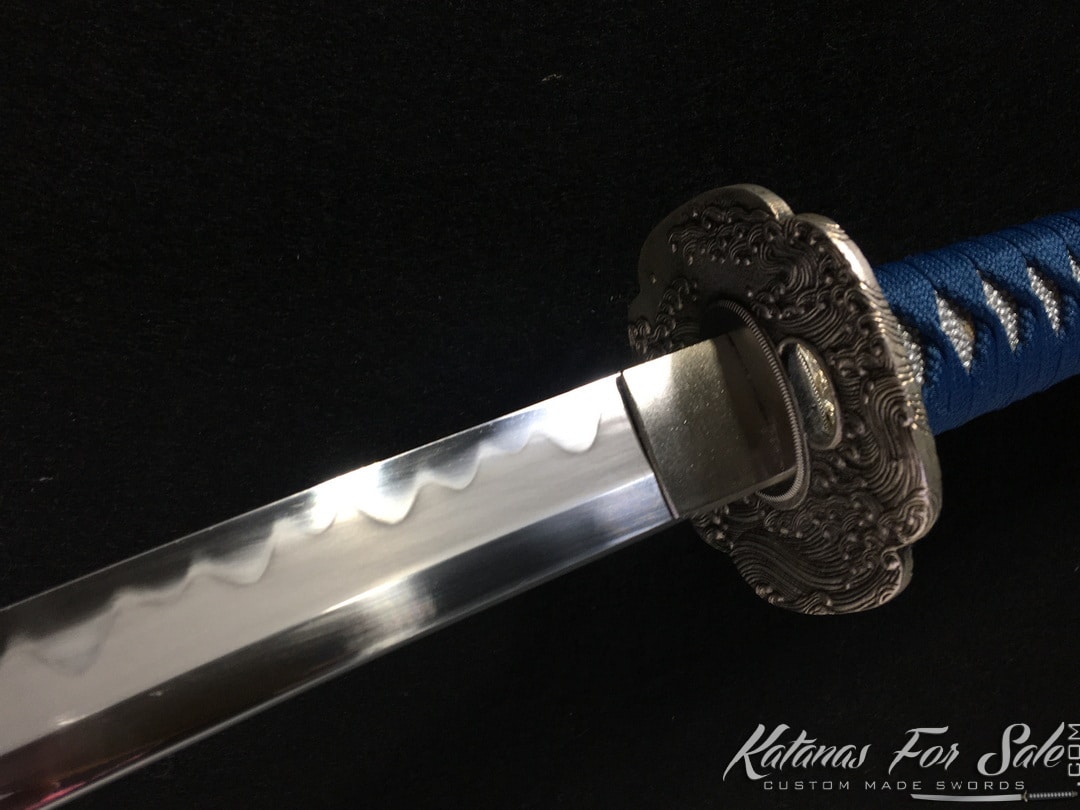
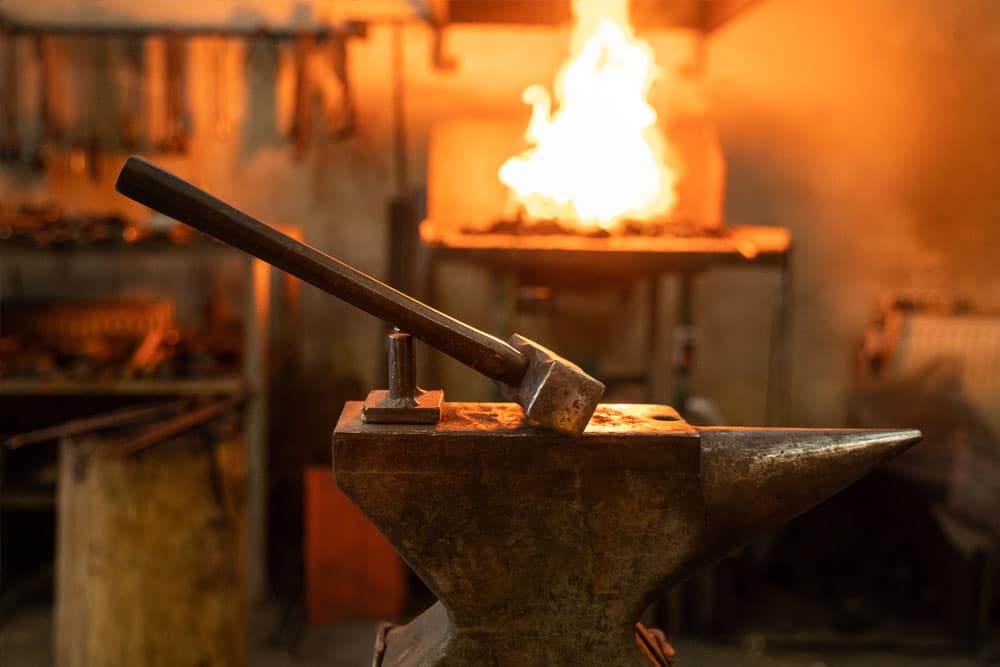

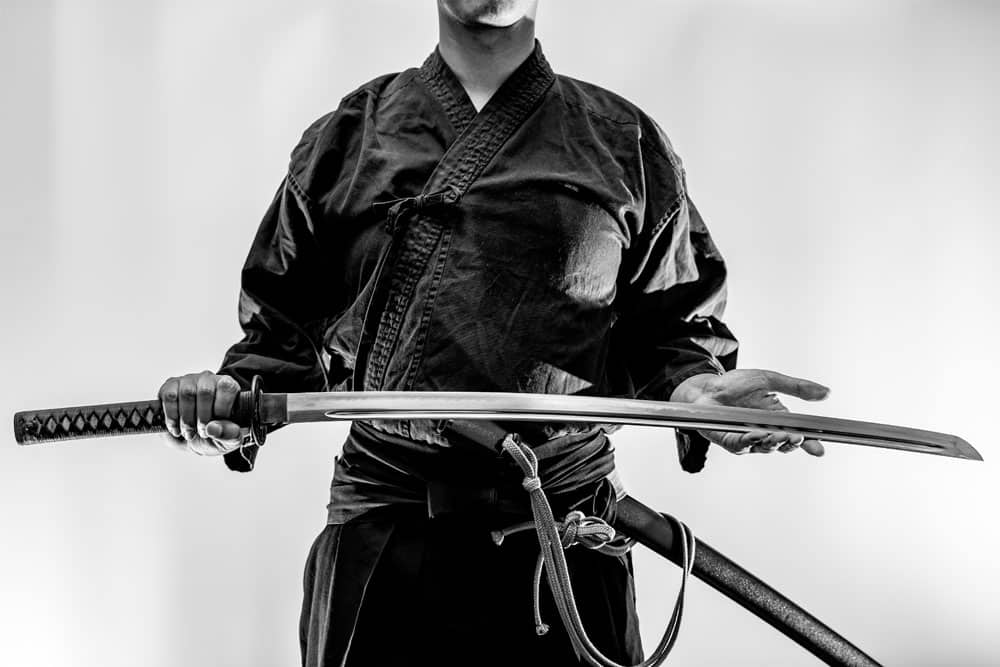

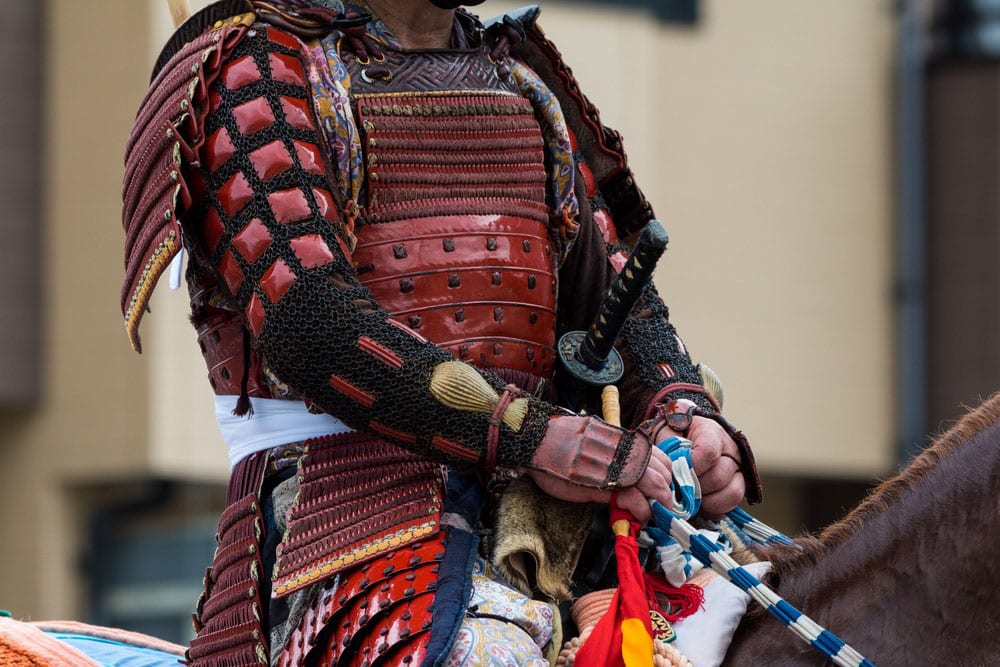
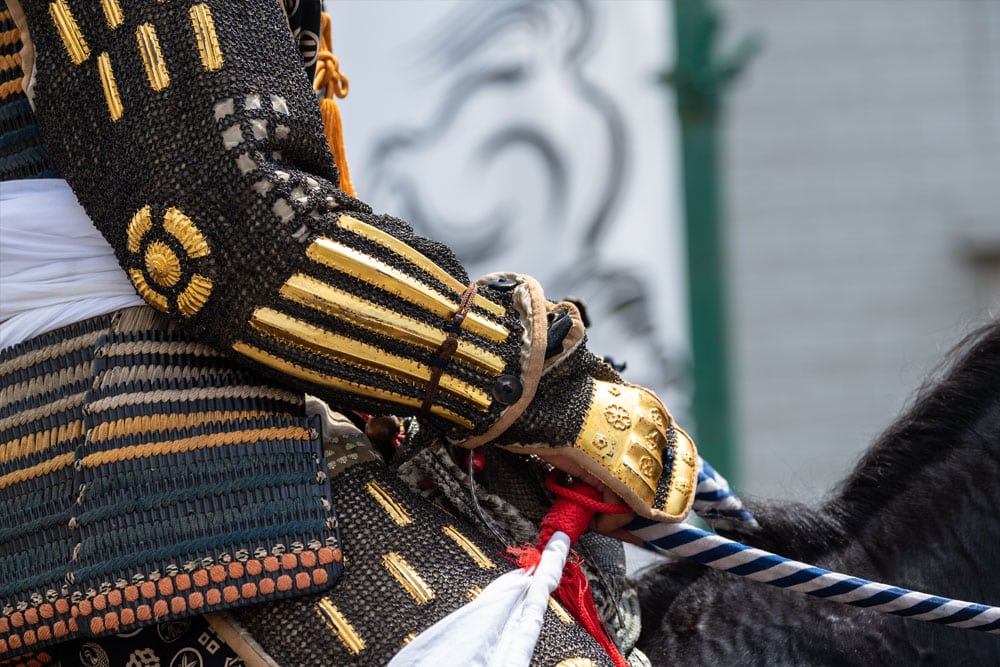
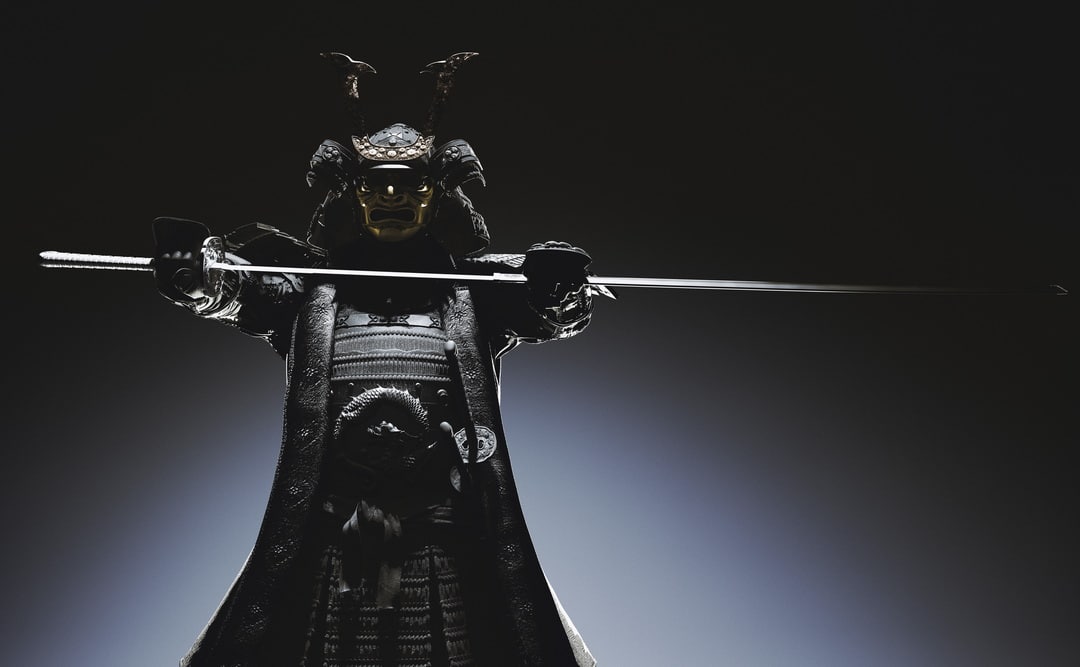
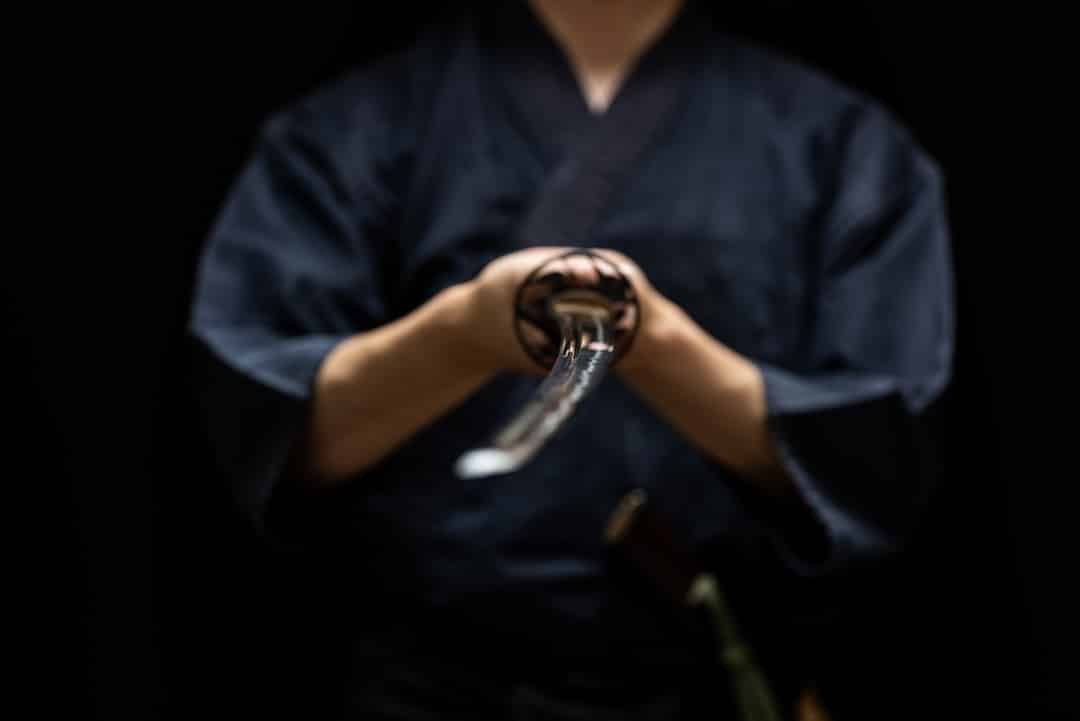
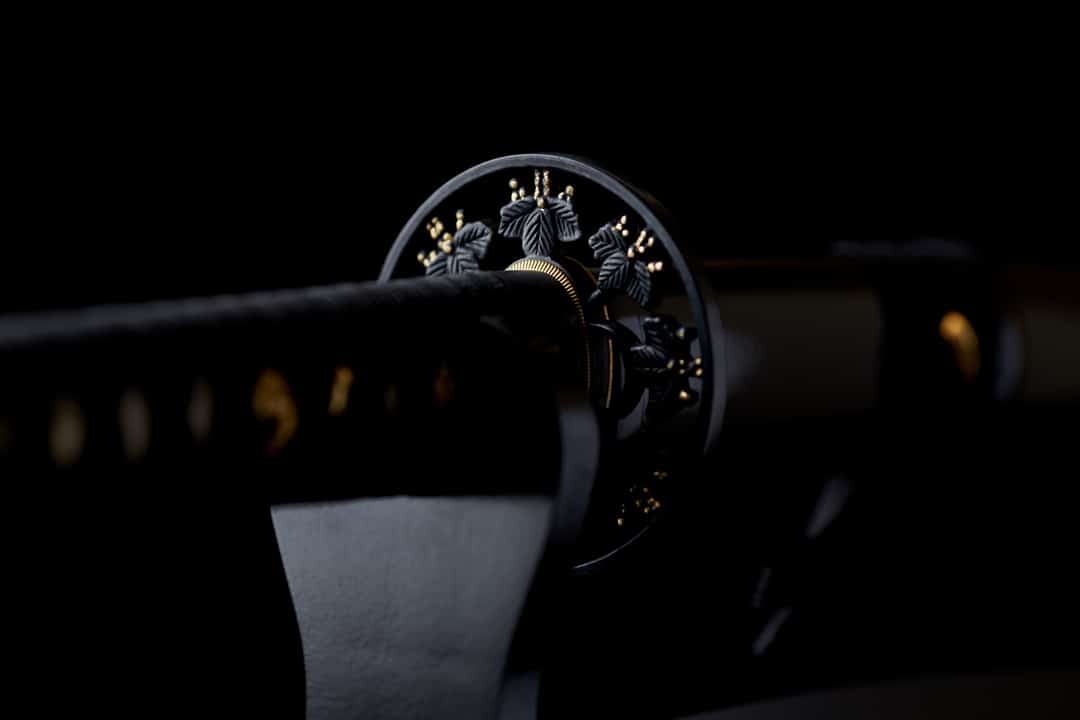
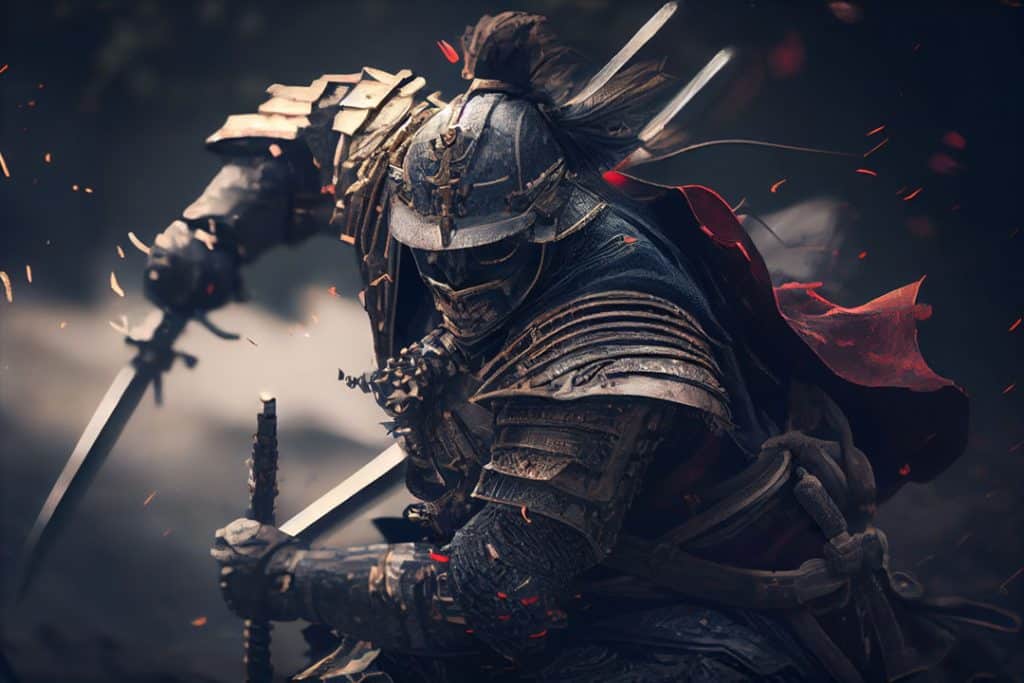
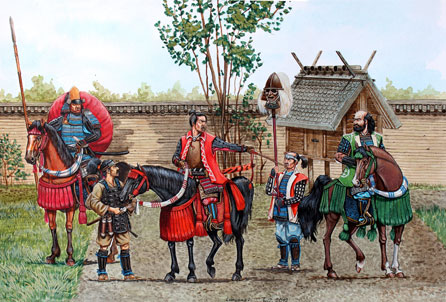


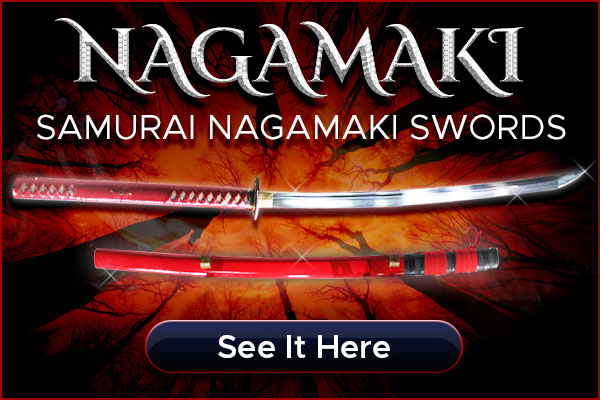

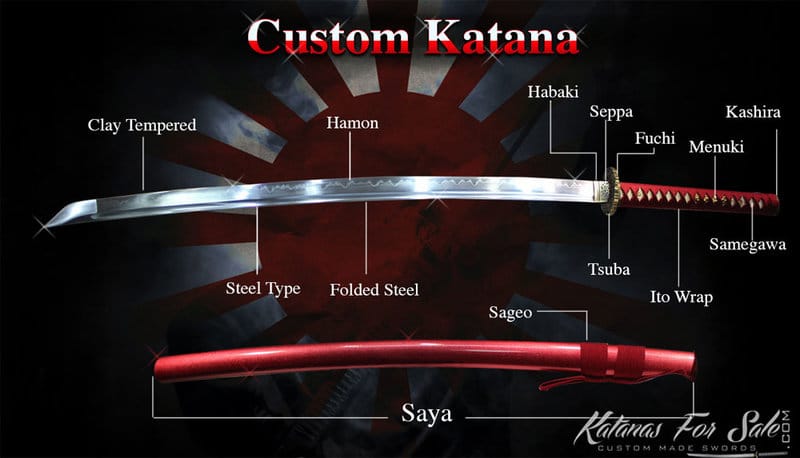
Test Your Knowledge
Feudal Japan's Warriors and Roles Unraveled
Samurai Sword Mastery: The Ultimate Challenge
Samurai Wisdom: Embark on a Journey Through the Ages